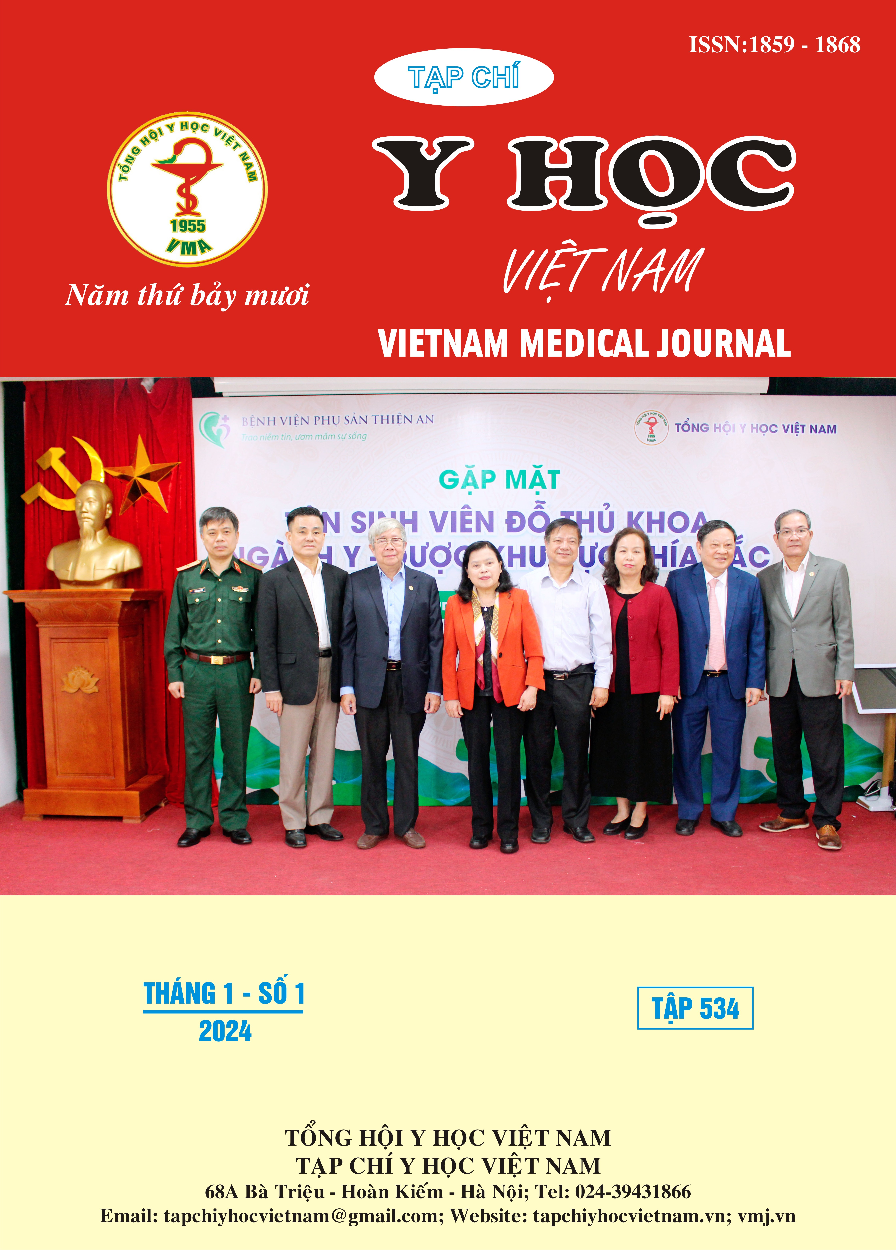TỶ LỆ VIÊM ÂM ĐẠO Ở PHỤ NỮ ĐỘ TUỔI SINH SẢN TẠI ĐƠN VỊ SẢN PHỤ KHOA PHÒNG KHÁM ĐA KHOA TRƯỜNG ĐẠI HỌC Y KHOA PHẠM NGỌC THẠCH
Nội dung chính của bài viết
Tóm tắt
Mục tiêu: Khảo sát tỷ lệ viêm âm đạo (VÂĐ) và một số yếu tố liên quan ở phụ nữ độ tuổi sinh sản tại Đơn vị sản phụ khoa Phòng khám đa khoa (Trường Đại học y khoa Phạm Ngọc Thạch). Phương pháp nghiên cứu: Nghiên cứu cắt ngang trên 396 phụ nữ độ tuổi sinh sản qua phỏng vấn với bộ câu hỏi thiết kế sẵn, khám lâm sàng và xét nghiệm dịch âm đạo. Kết quả: Tỷ lệ VÂĐ là 44,7%; tác nhân gây bệnh chủ yếu là vi trùng (68,4%). Có mối liên quan giữa VÂĐ và việc điều trị bệnh trong 6 tháng gần đây (OR = 1,89; p = 0,006), cách dùng dung dịch vệ sinh phụ nữ (OR = 2,99; p = 0,007), lần VÂĐ gần nhất (p = 0,006), VÂĐ ≥ 4 lần/ năm (OR = 4,51; p = 0,001) và không sử dụng bao cao su (BCS) khi quan hệ tình dục (QHTD) (OR = 2,68; p = 0,000). Kết luận và kiến nghị: Tỷ lệ VÂĐ là 44,7%. Bác sĩ phụ khoa nên tư vấn và hướng dẫn phụ nữ phòng tránh một số yếu tố nguy cơ của VÂĐ và có khuyến nghị về chăm sóc sức khỏe sinh sản trên trang Web của Phòng khám.
Chi tiết bài viết
Tài liệu tham khảo
2. Trần Đình Hùng và cộng sự (2022), Khảo sát tác nhân vi sinh vật gây bệnh viêm nhiễm sinh dục dưới ở phụ nữ khám phụ khoa và yếu tố liên quan, Tạp chí y học Việt Nam, Tập 517, Tháng 8, Số 1, tr.203-207.
3. Nguyễn Thị Kim Loan, Phạm Thị Tâm (2019), Nghiên cứu tình hình viêm nhiễm đường sinh dục dưới ở phụ nữ có chồng đến khám, điều trị tại Bệnh viện đa khoa Thống Nhất Tỉnh Đồng Nai năm 2018 – 2019, Tạp chí y dược học Cần Thơ, Số 19/2019, tr.1-7.
4. Lâm Hồng Trang, Bùi Chí Thương (2018), Tỷ lệ viêm âm đạo và các yếu tố liên quan ở phụ nữ Khmer trong độ tuổi sinh sản tại huyện Trà Cú – tỉnh Trà Vinh, Y học TP.HCM, Phụ bản tập 22, Số 1, Chuyên Đề Sức Khỏe Sinh Sản – Bà Mẹ Trẻ Em, tr.179-183.
5. Ahmed M. Abbas, Omar M. Shaaban et al (2016), Risk Factors and Health Hazards of Vaginal Infections in Upper Egypt: A Cross Sectional Study, Thai Journal of Obstetrics and Gynaecology, January 2016, Vol. 24, pp. 50-56.
6. Heather L. Paladine, Urmi A. Desai (2018), Vaginitis: Diagnosis and Treatment, Am Fam Physician. 2018; 97(5):321-329.
7. Jason P. Hildebrand, Adam T. Kansagor (2022), Vaginitis, PMID: 29262024, Bookshelf ID: NBK470302.
8. Maha Abdul-Aziz, Mohamed A. K. Mahdy et al (2019), Bacterial vaginosis, vulvovaginal candidiasis and trichomonal vaginitis among reproductive-aged women seeking primary healthcare in Sana’a city, Yemen, BMC Infectious Diseases 19, Article number: 879(2019), p.1-10.
9. Sadiya Shaikh, Prakash Waghmare et al (2018), A Retrospective Evaluation of Vaginitis in Women of Reproductive Age Group in a Tertiary Care Hospital in Solapur, India. Int.J.Curr.Microbiol.App.Sci (2018)7(2): 762-768.
10. Yiewou Marguerithe Kamga et al (2019), Prevalence of bacterial vaginosis and associated risk factors in pregnant women receiving antenatal care at the Kumba Health District (KHD), Cameroon. BMC Pregnancy and childbirth (2019)19:166, p1.7. https://doi.org/10.1186/ s12884-019-2312-9.


